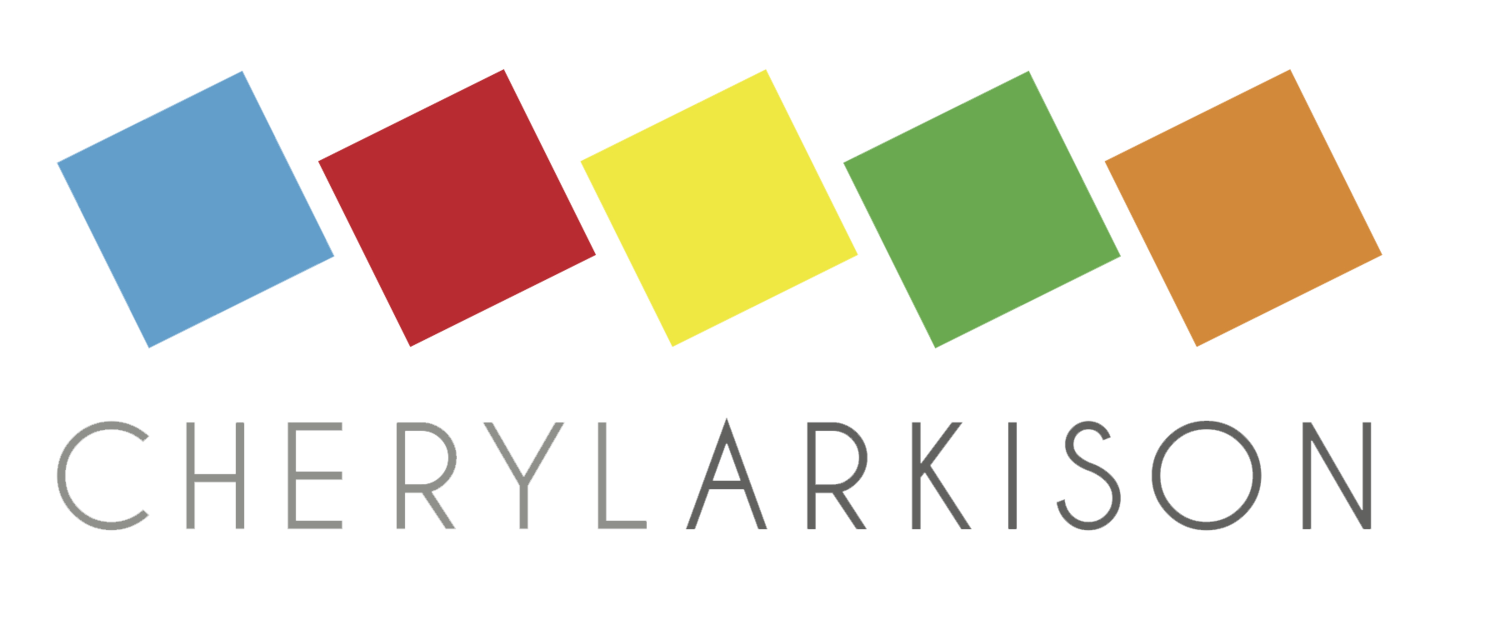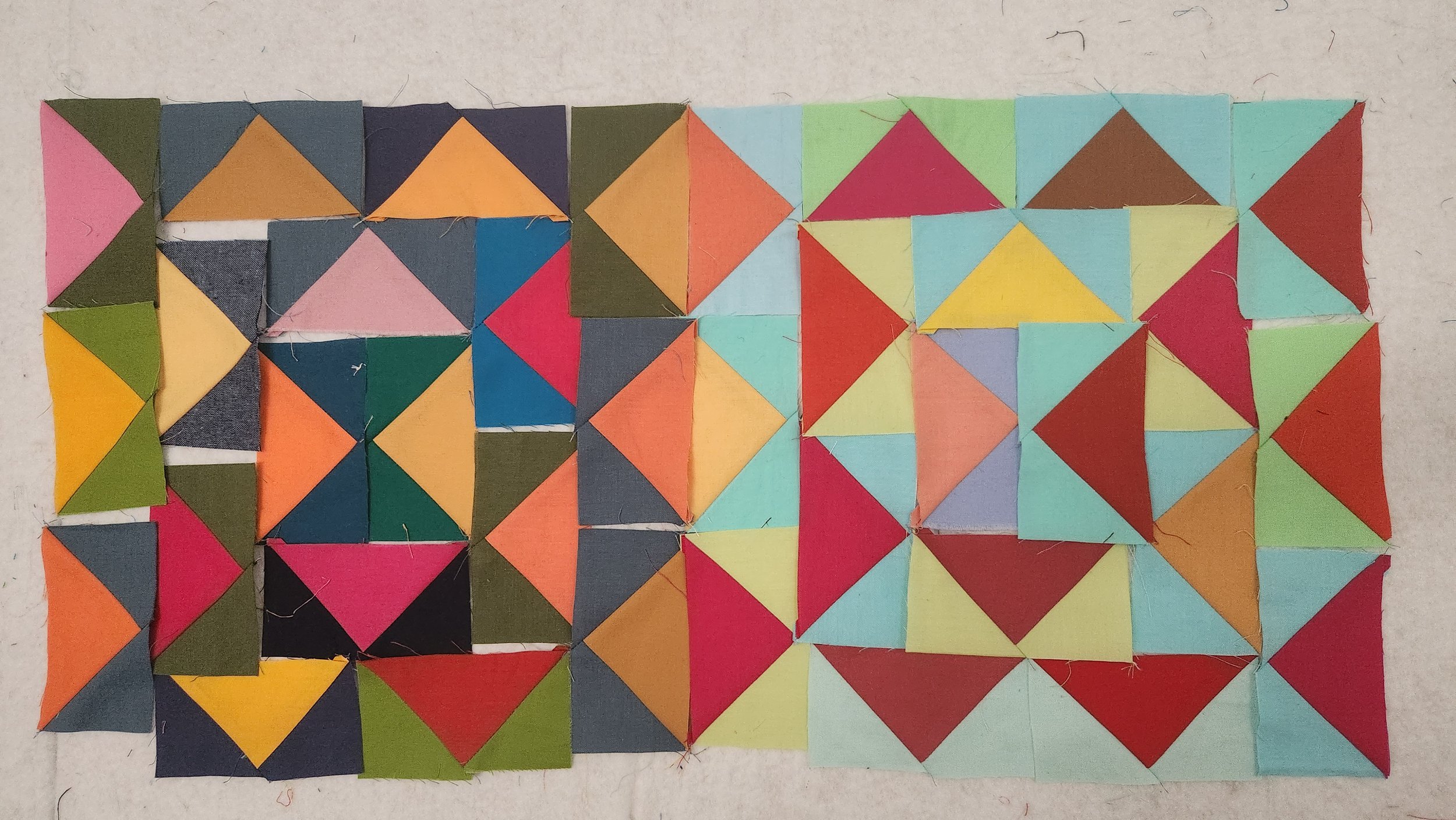When in doubt, go bigger. Sometimes I like to say #gokingorgohome. Maybe not quite that big here. But once I had done a certain number of blocks it was clear this needed to be a bigger quilt, so I made more blocks. And a quilt that started, in part, because I needed to be able to close the bin of scrap strips is now ready for next steps. It finishes at 77” square.
The blocks themselves began life as a sample for the Scraptastic class that I teach. Every time I taught the class I made a block. Well, a few months back, I was teaching the class again and we also started playing with layouts of the blocks. That moment sparked something and I raced to make more and more blocks. It was a creative pull that spurred the action, but it was fuelled by that desire to clean up the scrap strips.
Did I use all the scrap strips? Nope! But I would say I used about 3/4 of what was in the bin. Great progress! Of course, I’ve already added back in to the bin. That’s how it goes with scraps. Unless you stop making any new quilts, you are going to make scraps. Just makes for greater opportunities in your quilts!
I know, it’s easy to get overwhelmed by the scraps, or feel like using them is a futile effort. I totally get that. There are only two ways out of that:
1. Changing your mindset. Seeing scraps as a burden rather than an opportunity is very negative. I prefer to apply some girl math and think of it all as free fabric to play with!
2. Just use them. Kind of like writing a to-do list with tasks on it you’ve already completed just so you get the satisfaction of crossing them off, using scraps when they overwhelm you is the best way to quell the overwhelm.
That doesn’t mean you have to finish a whole quilt either. Just starting something with the scraps might be enough. So long as starting and not finishing a quilt right away isn’t another source of anxiety! Making a few blocks today may be just enough to calm down. And when the bin gets some more additions, you can always make more blocks. In time, enough blocks will be around to make a whole quilt. No rush. They are scraps, they will always be there!
My plan for finishing this quilt is to tie it. I’ve never done it before! I haven’t decided yet if I will use the bin of scrap yarn that seems to be hanging around or if I will purchase a single colour. I’m just going to let this marinade a bit while I play on some other things. The itch has already been scratched, the bin closes again, and the rest of my stash is calling!













